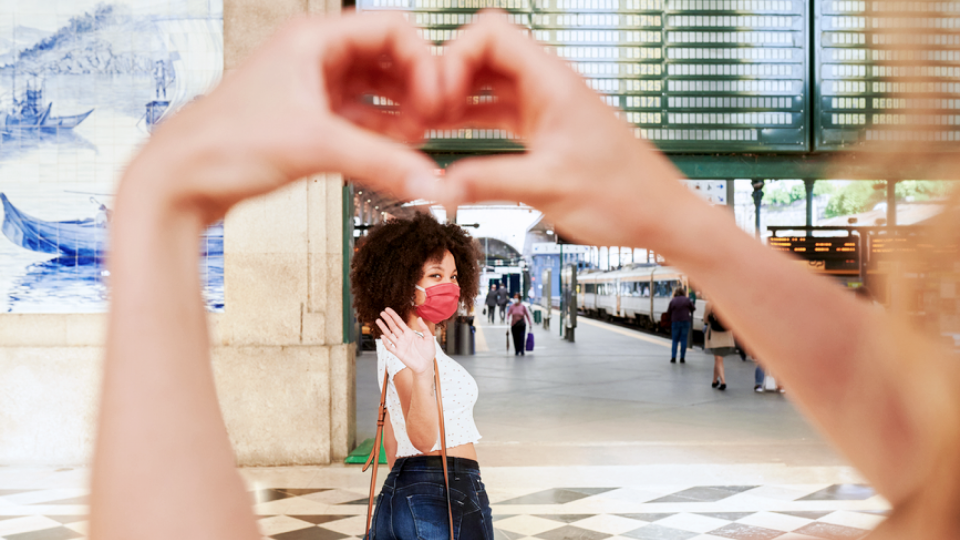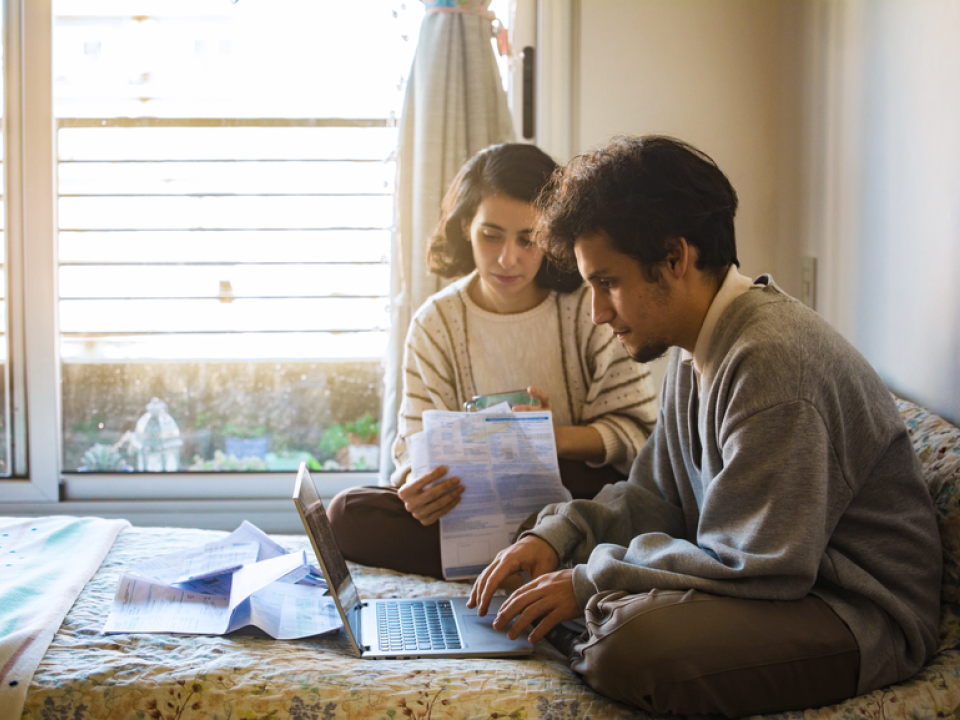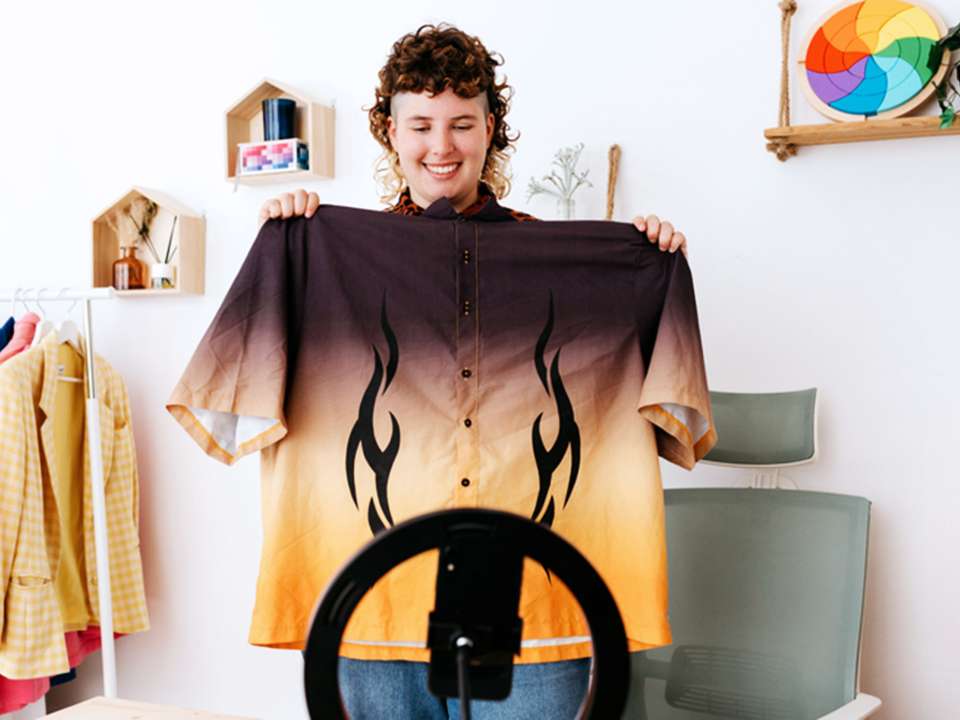How Safe are Hugs, Handshakes and High-Fives During COVID-19?

When was the last time you gave someone a hug? Since the start of the pandemic, putting physical distance between yourself and others has become the norm. As a result, showing affection for friends and loved ones through hugs, hand-holding, high-fives — you name it — has been out of the question for many people.
If this change in behavior has weighed heavy on you, it’s because physical touch is vital to our health and well-being.
“Physical touch can increase the release of oxytocin, the ‘feel good’ hormone, which can then lead to optimistic thinking and feelings of compassion for others,” says Dr. Won-Fong Lau Johnson, a clinical psychologist at UW Medicine. “It can also help reduce social anxiety and stress.”
So, if you’ve been deprived of something as simple as a hug for months on end, it’s normal to feel the effects of that absence.
Going without human contact is referred to as “touch deprivation” or “skin hunger.”
“Touch deprivation can lead to increased stress and symptoms of depression such as loneliness or aggression,” explains Lau Johnson.
Add that on top of all the other symptoms of anxiety provoked by the COVID-19 pandemic, and things can start to feel really overwhelming.
But there’s some good news: There are ways to get in that hug you’ve been missing while limiting the risk of exposure to COVID-19.
The science behind the spread of COVID-19
To understand why certain ways of showing affection are safer than others, Dr. Kira Newman, infectious disease researcher and senior resident in internal medicine at Harborview Medical Center, explains how coronaviruses spread.
“The virus is looking to go from one cell to another cell to reproduce in,” says Newman. “Not all cells can be infected. The cells of our hands don’t get infected by the coronavirus, but the cells in the nose and the mouth are the most susceptible. A lot of the transmission we’re focused on is about human spit and human secretions.”
In other words, the COVID-19 is mainly spread from person to person through respiratory droplets that are produced when an infected person coughs, sneezes or talks.
The Centers for Disease Control and Prevention recommends wearing a cloth face covering for this very reason: to prevent people who have COVID-19 from spreading the virus to others.
It’s also good to keep in mind that while the virus most commonly spreads through direct transmission — from person to person — it can also be spread indirectly.
“Indirect transmission happens when the virus comes out of the mouth or nose and lands on a surface,” explains Newman. “It has to be alive on that surface long enough for someone to touch that surface and then get into their mouth or nose. This is why we say to wash your hands and don’t touch your face.”
How to safely show affection
So your mask is on, your hands are washed. What are the risks of contracting the virus through hand-holding? Shaking someone’s hand? How about a high-five?
Each form of affection has a different level of risk that has to do with two aspects: duration and intensity.
“When we’re talking about how the virus is spread from one person to another, we’re thinking about a few different factors,” says Newman. “First of all, the intensity. How much virus are they producing? Are they coughing, sneezing, yelling? And second, what’s the duration that someone is exposed to that intensity?”
In other words, a quick handshake outside would be less risky than holding hands with someone inside for several minutes.
“A low-risk activity would be a high-five outside followed by an alcohol-based hand sanitizer outside,” says Newman. “But that might not fulfill the psychological needs for being with someone else.”
How about a hug?
“Because the duration of a hug is typically short, and especially if both people are wearing masks, the risk of exposure is low,” says Newman. “You’re mostly touching clothes, which may harbor some virus, but it is something that can be washed off. And you’re not touching faces.”
One disclaimer: If either person is diagnosed with COVID-19 or is showing symptoms, Newman recommends against any form of physical touch.
But if both people are symptom free, not in a high-risk population, wearing masks and are outside, a simple hug could be just what the doctor ordered.
Ways to feel affection from a distance
If you don’t feel comfortable engaging in any form of physical touch, or if you aren’t able to see friends or family due to geographic constraints (farewell, family summer vacation plans), there are other ways to feel affection even if you cannot physically be with people.
“Pets can elicit the same amount of that ‘feel good’ hormone called oxytocin, and studies have shown that pets can reduce stress as well as symptoms of depression and anxiety,” says Lau Johnson. “Pets can be very unconditional in their love and, at the core, humans want to feel loved and needed.”
(And if you’re worried about putting Fido at risk, don’t worry — pets have a very low risk of getting infected or spreading COVID-19.)
If you don’t have a furry friend, Lau Johnson recommends activities that focus on self-care and prioritize your health and well-being.
“If you live alone, turn your attention to improving your mental health by ensuring you are obtaining adequate sleep, nutrition, social connectedness, exercise and stress management,” says Lau Johnson.
Video calls with friends or family can also have mental health benefits.
“Especially in a time like this, with this collective trauma that we’re all going through, it’s important for us to find spaces where we feel safe and people we trust,” says Lau Johnson. “Schedule virtual check-ins with supportive friends or family members. Express what’s really going on and get to the core of what you’re really feeling."
Whether your affection of choice is a big bear hug, a self-care Saturday or a family FaceTime sesh, create space for yourself to feel that love.
“Humans are a very affectionate species, and we need to think about ways for people to keep being affectionate — for themselves and others around them,” says Newman.
The info in this article is accurate as of the publishing date. While Right as Rain strives to keep our stories as current as possible, the COVID-19 pandemic continues to evolve. It’s possible some things have changed since publication. We encourage you to stay informed by checking out your local health department resources, like Public Health Seattle King County or Washington State Department of Health.

 Healthy ideas for your inbox
Healthy ideas for your inbox





